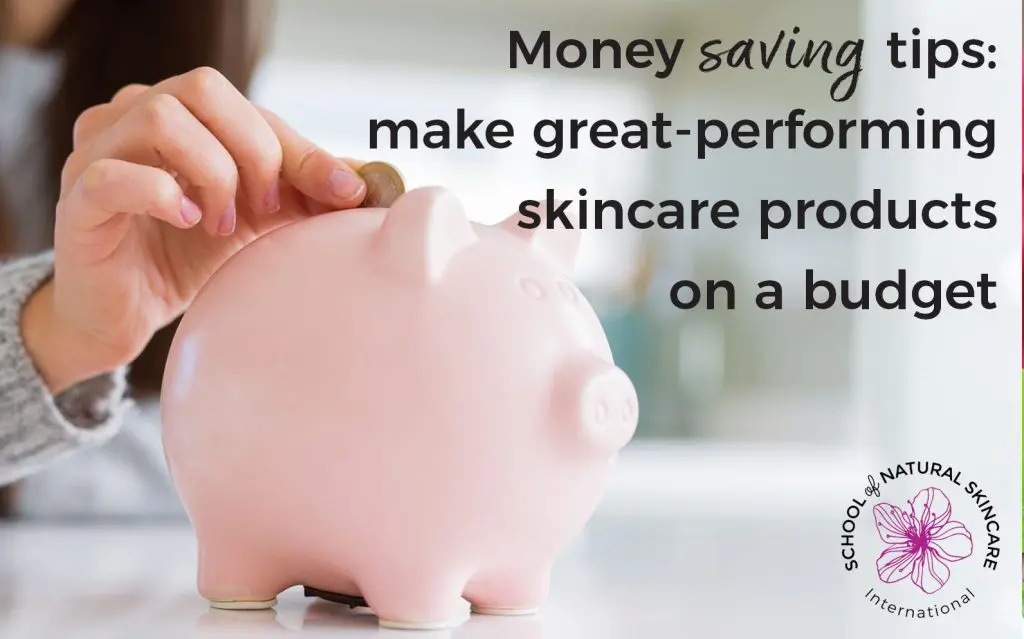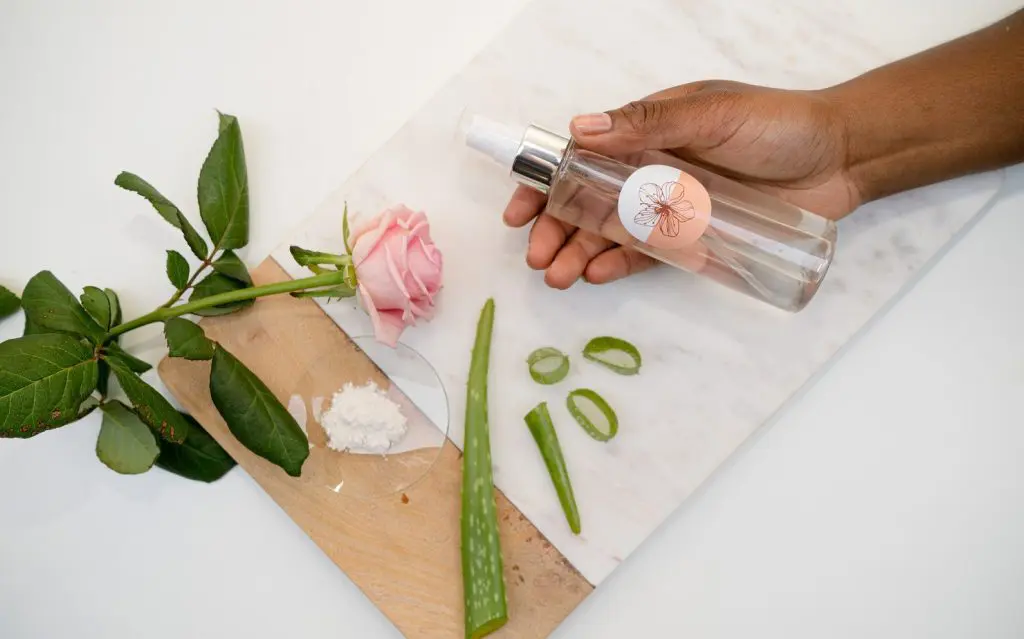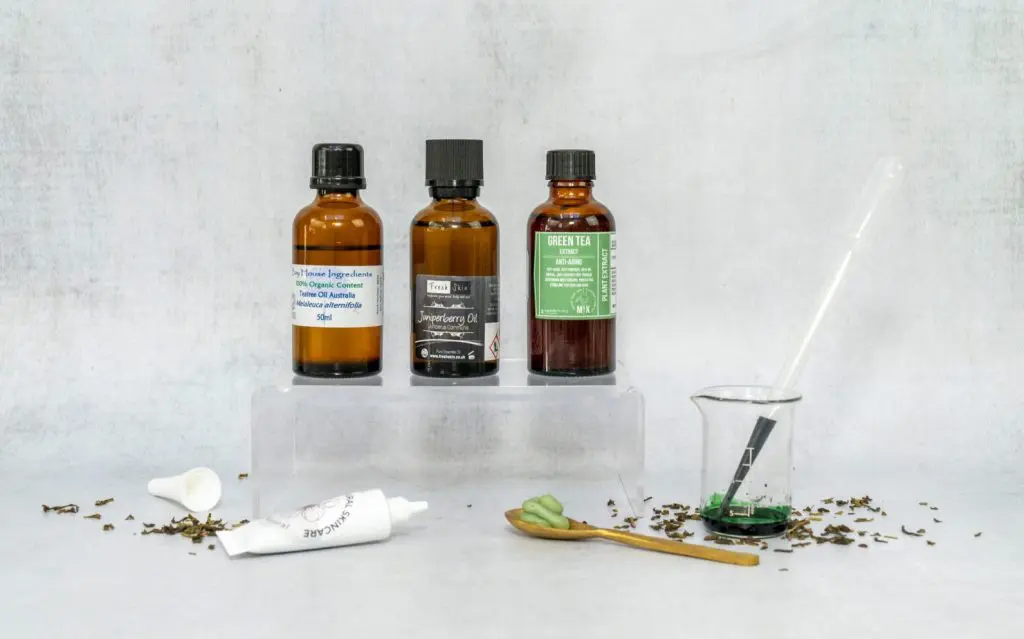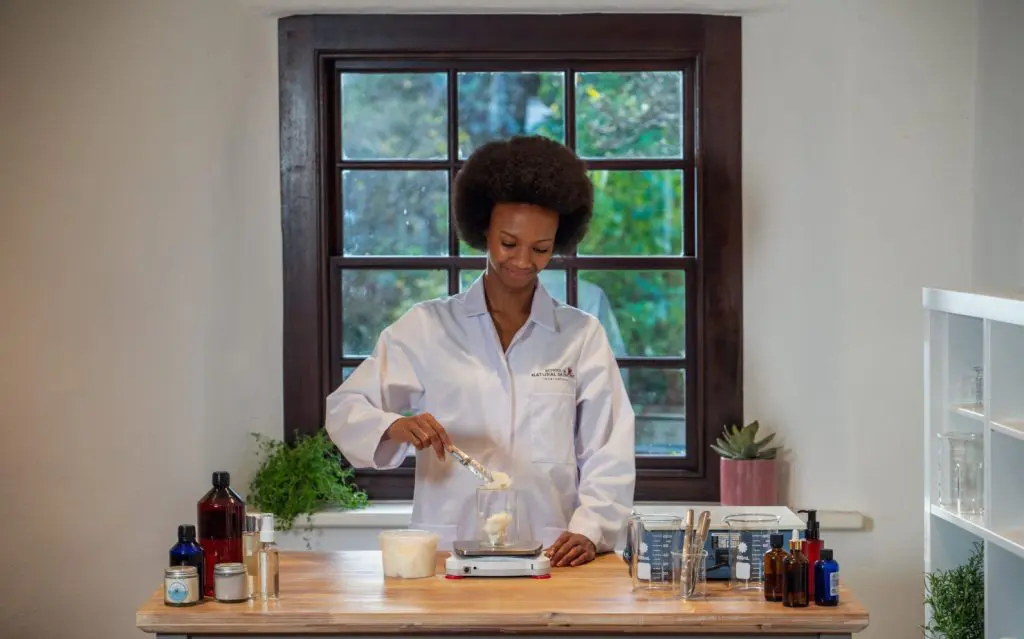When it comes to spending money on ingredients, we can easily end up splashing out more than perhaps we need to (and want to!).
You see, there are so many exciting and gorgeous ingredients from which to choose, and whilst that would normally be a good thing, it also means we’re easily tempted to spend more than we need to and waste money because we don’t use them up.
If you have a limited budget, it can be difficult to know what to spend your money on.
We always advocate practicing and experimenting, rather than just learning the theory. Getting to know your ingredients and trying them out is the only way you will gain skills in formulating and creating products… besides it’s the part we all enjoy the most!
But practicing and creating quality products doesn’t have to mean spending loads of money (you can of course, if you want to, but it isn’t necessary).

8 top money-saving tips for making skincare products on a budget:
1) Don’t buy ingredients randomly
Have a plan for what you want to make first.
2) Choose ingredients carefully
Choose ingredients based on what product you are making, for what skin type and what benefits you want the ingredient to offer. That way you can create a great-performing product without spending a fortune.
3) Buy what you need
It is tempting to buy larger quantities of ingredients, as the price per ml or gram is lower the larger the quantity you buy, BUT if you are not going to use it all within its shelf life then you’ll end up buying more that you need and wasting ingredients and money. When you plan everything out first you’ll know how much of what you need and will minimize waste.
4) Get the technique perfected first
If you are making a more complex product like a cream then practice making it first with less expensive ingredients such as water rather than hydrosols and inexpensive carrier oils rather than expensive ones until you are confident you have the technique right. Then you can make it will more expensive ingredients.
5) Get the right ratio using inexpensive ingredients
If you are making a balm and want to experiment with different quantities and ratios of wax to see how this affects the firmness and consistency of the balm, then practice with inexpensive carriers oils, such as sunflower oil, until you have a better idea of the percentage of wax you need.
6) Use a blend of ingredients
Price isn’t always an indicator of how good the ingredient is. You can certainly use a blend of less expensive and more expensive ingredients to create a great-performing product. Professional formulators are given a target cost price that they need to stick to when creating a formulation. This is an essential skill to master if you want to sell products and make a profit.
7) Use concentrated ingredients
Often using concentrated botanical extracts can work out more cost effective as you only use only a tiny quantity per product. For example using powdered aloe vera rather than the liquid may work out cheaper (and as it weighs less you’ll pay less for postage too). CO2 extracts may work out less expensive that their carrier oil counterparts. Essential oils are very potent ingredients and you’ll only need to include a small percentage to be effective.
8) Experiment in a methodical way by following a structured formulation process
Sometimes when we get in the creative flow we can become a bit haphazard in our approach to creating and experimenting, which can result in failed products and wasted ingredients.
Instead, follow a structured formulation process where you think things through and plan everything out on paper before buying or making anything. This way you’ll need less trial and error to get things right which will save you time and money (and frustration and disappointment, too).
How to choose the right ingredients?
Choosing the right ingredients for your product is the easiest way to make a great performing product AND not waste money.
Don’t choose ingredients because they sound nice or you’ve seen them used in other products (tempting as it may be).
Instead choose your ingredients with care, knowing why you have chosen them, what they will add to your products and how they will benefit your skin (or your customers’ skin).
Then you can make great-performing products without spending a fortune.
It doesn’t have to be difficult!
Free Guide
The Beginner's Guide to Formulating Natural Skincare Products (From scratch, like a professional!)
Start creating your own natural skincare products from scratch – rather than simply following recipes!
Learn how to formulate like a pro and discover our top tips for becoming a confident skincare formulator.
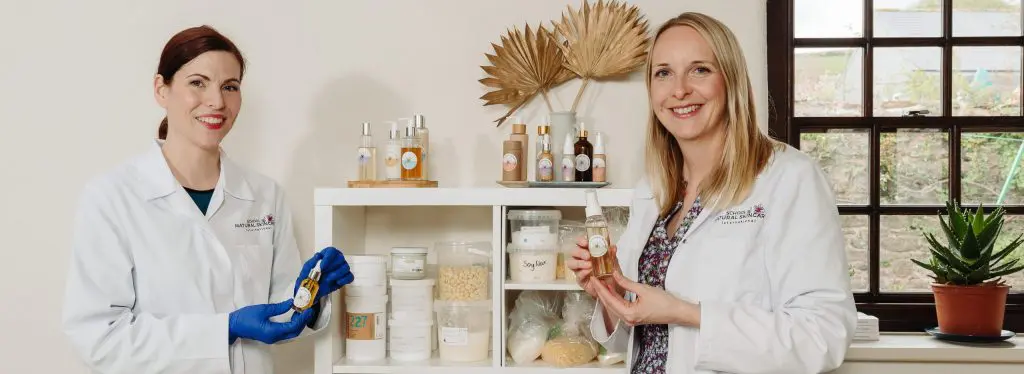
Exclusive for our newsletter subscribers. Sign up now.
We look after your data in accordance with our privacy policy.
Download this fabulous guide and you’ll learn:
- What formulating is and why you need to be doing it!
- The difference between following recipes and formulating your own products.
- Our step-by-step process to designing products people love.
- Four easy ways to personalize your skincare products.
- Choosing the right carrier oils for your beauty products.
- Plus, you’ll get our Safe Product Checklist: How to make sure the skincare products you make are safe and stable
